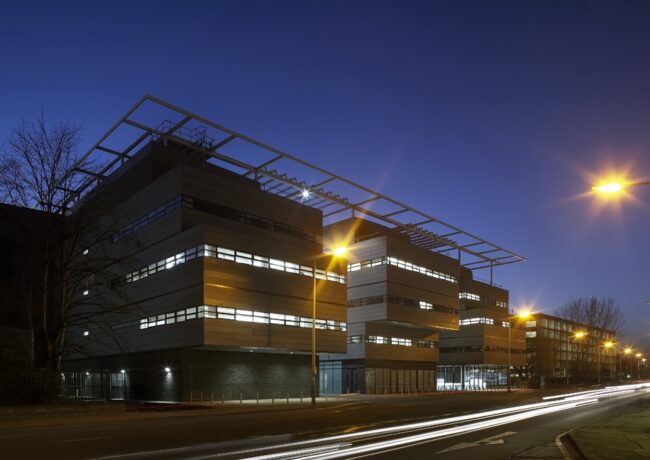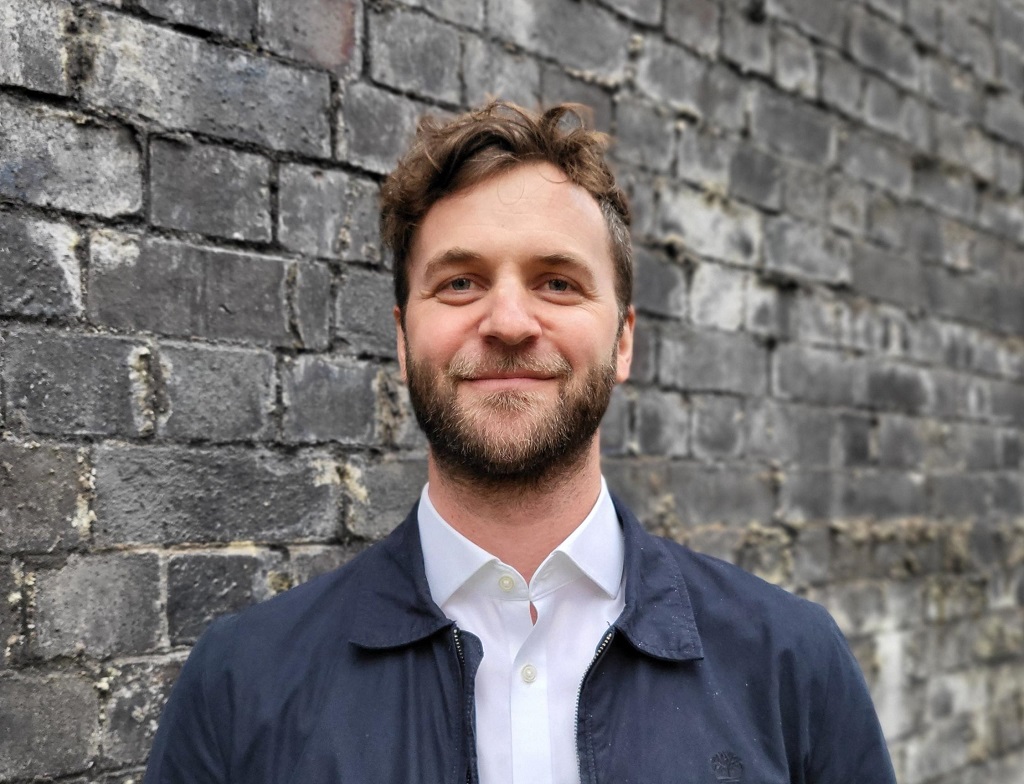Sheppard Robson claims CO2 savings at university building
Architectural practice Sheppard Robson said it has saved "in the region of 17,000kg of CO2" from being released into the atmosphere at its Alan Turing Building for the University of Manchester since it opened one year ago.
James Jones, project leader at Sheppard Robson, commented: "Our 'three finger' design, which accommodated pedestrian walkways and visual transparency into the building, met calls from local residents that it should not 'create a wall' between Upper Brook Street and Oxford Road. The low-rise solution with generous atrium also solved a problem inherent in the old high-rise design, which limited communication and collaboration between students and academics through the department."
An 'over-sailing' roof structure acts as the suspension system for a photovoltaic array using thin film technology. This structure unites the 'three fingers' and provides solar shading to the building below as well as producing energy from sunlight.
Jones added: "This system is designed to produce 41 megawatts of power per annum for the building. As a source of renewable energy, the energy will reduce both the university's energy expenditure and annual carbon emissions."
The Alan Turing Building houses the university's department of mathematics as well as the Jodrell Bank centre for Astrophysics, the Photon Science Institute and a public café, Pi in the Sky.




